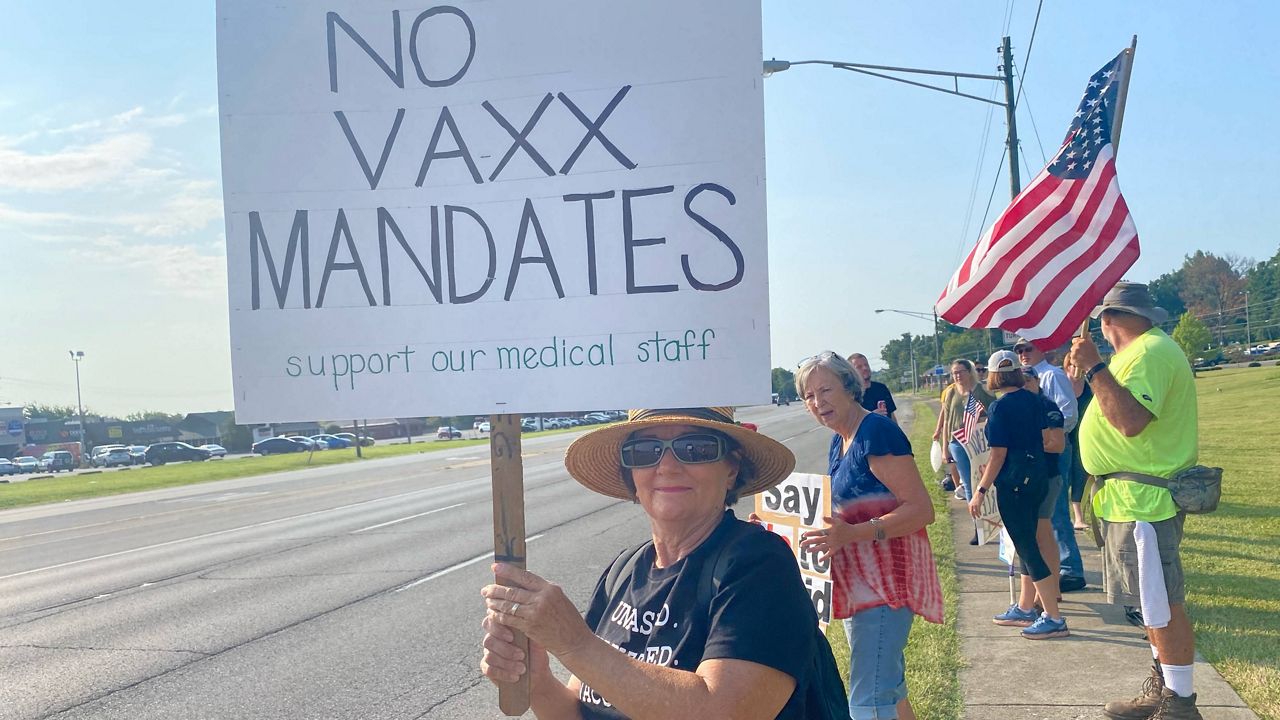TEXAS — The majority of Texans who have yet to be vaccinated against COVID-19 say they worry about the potential side effects.
This and other revelations were just published in a recent study of vaccine hesitancy in all 50 states. Nationally, according to the data from QuoteWizard by Lending Tree, people are becoming more mistrustful of the vaccine as the delta variant of the virus ravages the country.
In early August, 54% of people said concerns over side effects were keeping them from getting the vaccine. That number increased by 1 percentage point. The number of people who said they don’t trust the vaccine has risen from 37% to 42% since early August. The number of people who said they wouldn’t get the vaccine because they don’t trust the government rose from 28% to 34%. Nearly 20% of people don’t think COVID-19 is a threat.
In Texas, 59% of people surveyed said they are worried about side effects, 41% don’t trust COVID, 33% don’t trust the government, 32% are waiting to see if the vaccines are safe, and 23% don’t believe they need it. People interviewed for the poll were asked to give several reasons for their vaccine hesitancy, so the total numbers don’t add up to 100%.
The data, culled from the Household Pulse Survey by the U.S. Census Bureau, found that men are more reluctant to inoculate than women; white communities are more mistrustful of the vaccine than people of color; and older people are more likely to pursue vaccinations than younger folks.
There is a sizable discrepancy in vaccine hesitancy based on education level. Only 5% of people who hold at least a Bachelor’s degree are resisting the shot, whereas 11% of those who have attended some college are hesitant, 13% of people who never pursued their education beyond high school have vaccine concerns, and 17% of those who didn’t finish high school are vaccine hesitant.
Education level |
Vaccine hesitancy |
No high school diploma |
17% |
High school diploma |
13% |
Some college/associate’s degree |
11% |
Bachelor’s degree |
5% |
The age range most resistant to the vaccine is 25-39, at 15%. People ages 18-24 the next highest, at 13%, followed by 12% from ages 40 to 54. Vaccine hesitancy drops dramatically in the 40-54 range, at 7%. Only 5% of people age 65 or older fear the poke.
Age |
Vaccine hesitancy |
18-24 |
13% |
25-39 |
15% |
40-54 |
12% |
55-64 |
7% |
65 |
5% |
Among races, 12% of whites, 11% of Black people, 9% of Hispanics, and only 2% of Asians said they are hesitant to take the vaccine.
Demographic |
Vaccine hesitancy |
Black |
10% |
White |
11% |
Asian |
2% |
Hispanic |
9% |
Women |
10% |
Men |
11% |
A summer that began with COVID-19 seeming to fade into the national background has been upended by the coronavirus’s relentless spread. The delta variant continues to drive up new case totals across the United States.
More than 90,000 coronavirus patients were in hospitals nationwide, more than in any previous surge except last winter’s. The country is averaging more than 800 newly reported deaths a day, about twice as many as in early August.
Much of the South is contending with its most serious outbreak of the pandemic, including Florida, Louisiana. Mississippi and Texas. Hospitals have struggled to treat the influx of patients.
The overwhelming majority of data suggests vaccines remain highly effective against hospitalizations and deaths. The pace of vaccination has increased lately, but only 51% of Americans are fully vaccinated so far.



